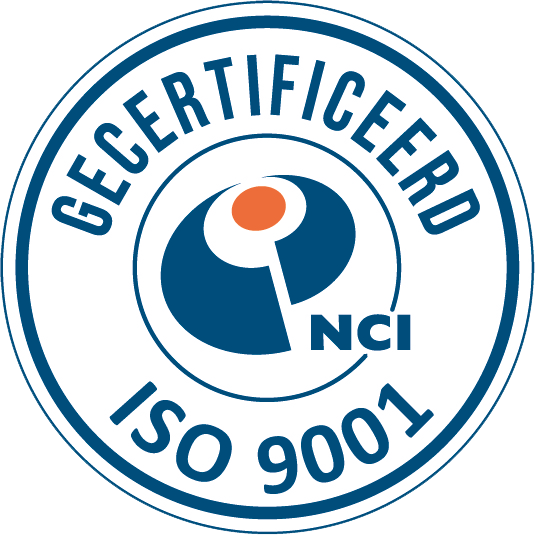Hazard Analysis and Critical Control Point plan
HACCP (Hazard Analysis and Critical Control Point plan).
Compressed air is widely used for several production processes in the food industry.
While using compressed air to power equipment has clear safety and cost advantages, it also means that the compressed air can come into contact with the finished product, potentially making it a source of contamination.
Hazard Analysis and Critical Control Point plan (HACCP).
Ensuring food safety and quality is essential to the existence of any food manufacturer.
This is why large organizations from different countries have established the demand for universal testing and quality guidelines. These tests and guidelines deal with the purity of compressed air when used in food processing and packaging.
The International Organization for Standardization ISO, the British Compressed Air Society (BCAS), the British Retail Consortium (BRC), the U.S. Food and Drug Administration (FDA) and the Food Safety System Certification 22000 (FSSC 22000) all require regular inspections and provide guidelines for compressed air quality when used in the food, beverage and packaging industries.
At Presscon FX Prevent, we have more than 25 years of experience designing, installing and maintaining complex compressed air systems for various industries, including the food industry. We work closely with the market leader in air filtration, SMC Corporation. In addition to consulting, designing, installing and maintaining compressed air systems, we can also facilitate the required testing of compressed air to ensure compliance with ISO 8573-1 2010 standards.
Since its founding, SMC has been a leader in pneumatic technology. It provides the industry with technology and products to support automation based on the guiding principle of “contributing to labor savings in the automation industry.” Over the last 50+ years, SMC’s products have grown into a recognizable international brand through sales, technical, supply and after-sales services in global markets. Sales have grown to a 30% world market share.
What are the main factors in influencing compressed air quality?
Obviously, the main sources of contamination for a compressed air system are the air and the compressor itself. The compressor inlet of the atmospheric air supply can let in contaminants such as solid particles (dirt, sand, soot, metal oxides, salt crystals), water vapor, oil vapor and microorganisms. Therefore, the placement of the compressor intake and an intake filter is very important because of their function as the first filter line for the compressed air system. Because most compressors are lubricated with oil, oil can also enter the compressed air produced, in liquid, mist, or vapor form.
Where compressed air may come into direct contact with food products, it is recommended to use “food grade compressor oil”
Other sources of contamination include system piping and air storage tanks. New piping should be tested to ensure that it is properly cleaned of possible contaminants such as particles and solder or adhesives used during installation. The connection method chosen for the pipes should also not be skipped. For example, the use of stainless steel piping reduces the risk of contamination through the pipe connections by microorganisms.
Older pipes may contain a buildup of water, rust and oil. When connecting new pipes to an older pipe distribution system, particles such as rust, boiler scale, dirt or metal oxides can be dispersed into the new pipes. In addition, buffer tanks containing excess water (vapor, liquid or a mixture of oil and water) can become a breeding ground for microorganisms. Potential air quality problems can also result from abuse, mishandling, inattentive maintenance and human error.
A periodic compressed air test can provide critical air quality information and help prevent contamination of food products in time.
How can Presscon FX Prevent help?
Several parameters must be checked periodically, including the presence of solid particles, moisture content and oil content, to ensure that the compressed air meets the standards of ISO 8573-1:2010.

Depending on the required compliance class, Presscon FX Prevent can recommend and supply the appropriate composition of tiered air filters. Presscon FX Prevent can also design and install complete compressed air systems that are fully compliant with industry standards.
We recommend that all customers using compressed air in the food industry undergo an air quality risk assessment designed around ISO 8573-1 :2010. The tests are also made according to the specific use of compressed air and according to industry requirements. Risk analysis should be performed at least once a year (two maintenance interval cycles).
Do you have a technician who can come to my location(s)?
In addition to our own highly trained technicians, Presscon FX Prevent has, over the last 25 years, built an international network of distributors and service providers so that we can serve our (international) customers as efficiently as possible at the highest level.
Want to learn more about the HACCP/ISO 8573-1 2010.04.15, our compressed air tests or about our compressed air systems? Contact us and we will be happy to engage with you!

